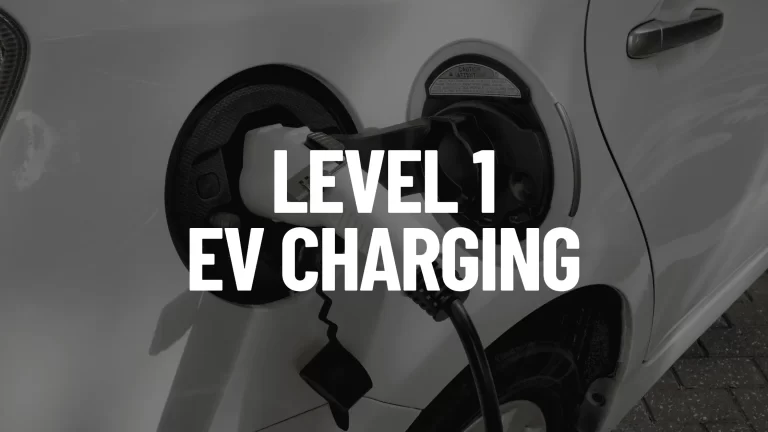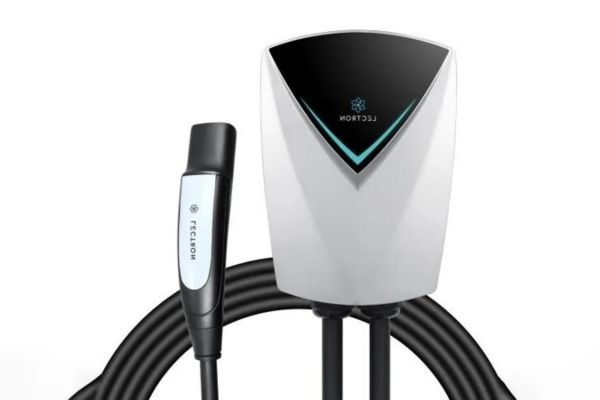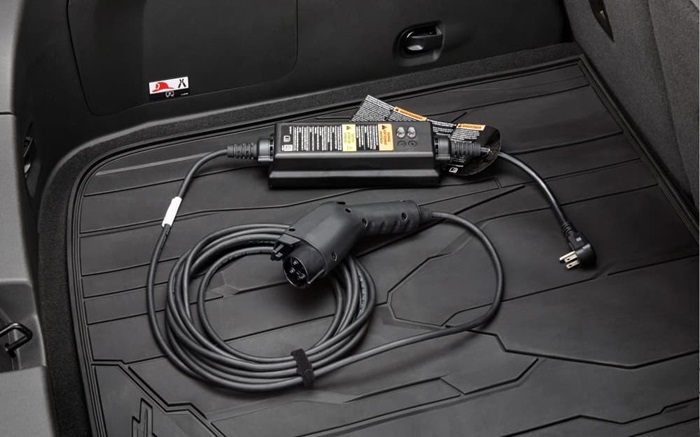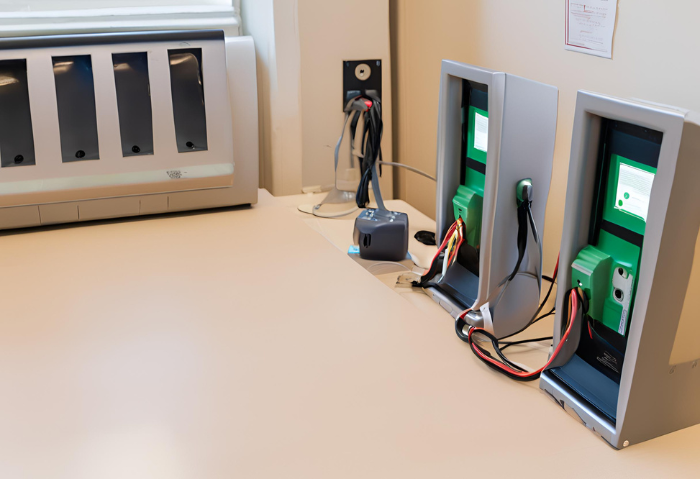Choosing the Right High-Amp EV Charger for Faster Charging at Home
A 24 Amp EV charger refers to an electric vehicle charging station capable of delivering a maximum current of 24 amps to charge an electric vehicle’s battery. These chargers typically operate at a higher power level than standard household outlets, allowing for faster charging times.
Differences between 24 Amp and Other EV Chargers
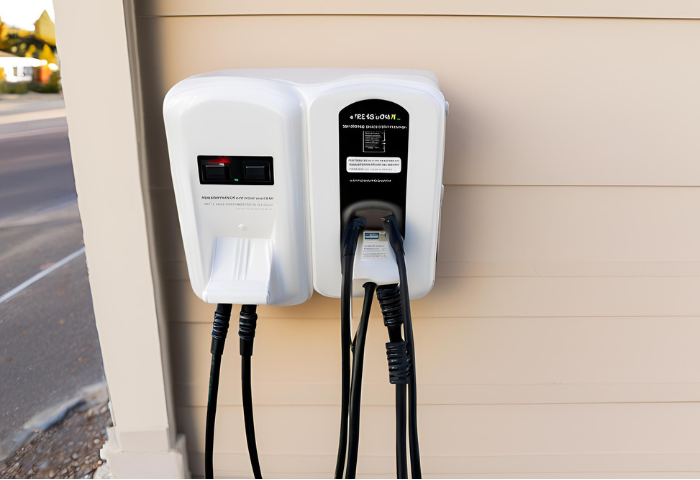
Definition of 24 Amp EV Charger
A 24 Amp EV charger refers to an electric vehicle charging station capable of delivering a maximum current of 24 amps to charge an electric vehicle’s battery. These chargers typically operate at a higher power level than standard household outlets, allowing for faster charging times.
Benefits of a 24 Amp EV Charger
Faster Charging: Compared to standard household outlets, a 24 Amp EV charger can significantly reduce the time required to charge an electric vehicle.
Convenience: With faster charging times, EV owners can enjoy greater convenience and flexibility, allowing them to top up their vehicle’s battery more quickly, whether at home or on the go.
Compatibility: Many electric vehicles are designed to support charging at 24 amps, making these chargers a practical choice for a wide range of EV owners.
Enhanced Charging Options: Installing a 24 Amp EV charger at home or in public charging locations expands the charging options available to electric vehicle owners, providing greater accessibility and reliability.
Differences between 24 Amp and Other EV Chargers
Compared to standard Level 1 chargers (which typically operate at 12 amps), a 24 Amp EV charger offers faster charging speeds, reducing the time required to replenish an electric vehicle’s battery.
When compared to higher-powered Level 2 chargers (such as those capable of delivering 32 or 40 amps), a 24 Amp charger may provide slightly slower charging times but still offers significant advantages over Level 1 charging.
Compatibility with Electric Vehicles
Most electric vehicles on the market today are compatible with 24 Amp EV chargers, as they are designed to accept charging currents up to this level. However, it’s essential for EV owners to check their vehicle’s specifications to ensure compatibility with the charger’s output.
Cost of 24 Amp EV Charger
The cost of a 24 Amp EV charger can vary depending on factors such as brand, features, installation requirements, and additional accessories. Generally, these chargers are more expensive than standard Level 1 chargers due to their higher power output and faster charging capabilities. However, the long-term benefits of faster charging times and enhanced convenience may justify the initial investment for many electric vehicle owners.
A 24 amp EV charger offers a good balance between charging speed, potential compatibility with most EVs, and electrical requirements for some homes. Consulting a qualified electrician to assess your electrical system and recommend the most suitable charger for your needs is crucial before purchasing and installing a 24 amp EV charger.
Warranty and Maintenance
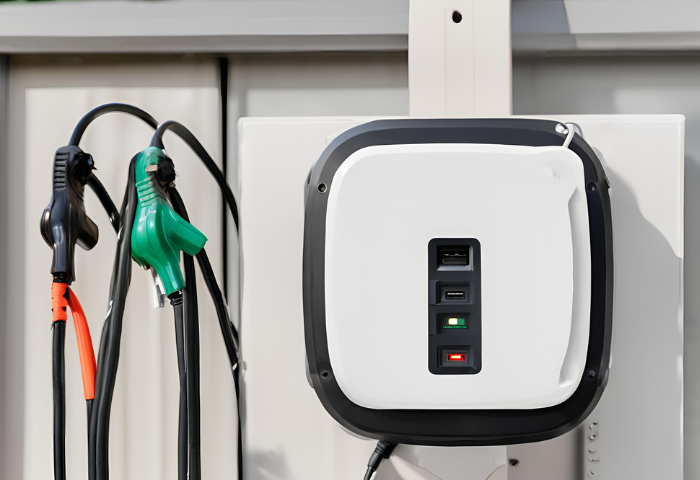
Frame semantics can help us understand the functional aspects of a 24 Amp EV charger, encompassing its features, installation, operation, safety considerations, and maintenance. Here’s how we can frame these aspects:
Functionality of a 24 Amp EV Charger
The 24 Amp EV charger functions as a charging station for electric vehicles, delivering a maximum current of 24 amps to charge the vehicle’s battery.
It provides faster charging compared to standard Level 1 chargers, allowing EV owners to recharge their vehicles more quickly and conveniently.
Installation Process
Installing a 24 Amp EV charger typically involves mounting the charging station on a suitable surface, such as a wall or pedestal, and connecting it to an electrical power source.
A qualified electrician may be required to ensure proper installation and compliance with electrical codes and regulations.
Charging Speed and Efficiency
The 24 Amp EV charger offers faster charging speeds compared to Level 1 chargers, reducing the time required to recharge an electric vehicle’s battery.
It enhances charging efficiency by delivering higher charging currents, allowing for more rapid replenishment of the vehicle’s battery capacity.
Safety Features
24 Amp EV chargers may incorporate various safety features to protect against electrical hazards, including overcurrent protection, ground fault protection, and surge protection.
These chargers may also include features such as temperature monitoring and automatic shut-off to prevent overheating or damage to the vehicle or charging equipment.
Warranty and Maintenance
Manufacturers of 24 Amp EV chargers typically offer warranties to cover defects in materials and workmanship for a specified period.
Regular maintenance may be recommended to ensure optimal performance and longevity of the charger, including periodic inspections, cleaning, and firmware updates.
By framing the functionality, installation process, charging speed, safety features, and maintenance considerations of a 24 Amp EV charger, we can provide a comprehensive understanding of its role in electric vehicle charging infrastructure.
Energy Consumption and Efficiency
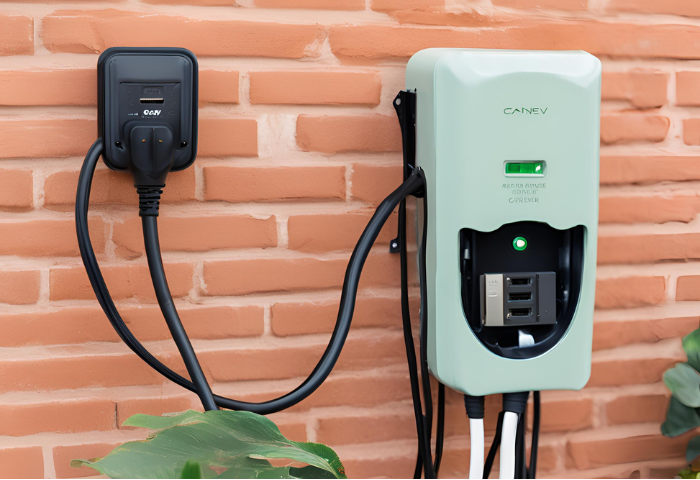
Lexical semantics focuses on the meanings and relationships of words and phrases within a specific domain. Let’s explore the lexical semantics related to electric vehicle (EV) chargers:
Terminology Related to EV Chargers
EV Charger: A device used to supply electric energy to recharge electric vehicles’ batteries.
Level 1 Charger: A basic charger that operates on a standard household outlet and typically delivers lower charging power.
Level 2 Charger: A more advanced charger that requires installation and offers faster charging speeds compared to Level 1 chargers.
DC Fast Charger (DCFC): A high-powered charger capable of rapidly charging electric vehicle batteries, typically used for quick refueling during longer journeys.
Charging Station: A location equipped with one or more EV chargers for public or private use.
Technical Specifications of 24 Amp Chargers
Current Rating: The maximum current output of the charger, typically measured in amps (e.g., 24 amps for a 24 Amp charger).
Voltage Rating: The voltage at which the charger operates, usually standardized for compatibility with electric vehicle batteries (e.g., 240 volts for Level 2 chargers).
Power output is the sum of the charger’s current and voltage, or 5.76 kW in the case of a 24-amp charger running at 240 volts.
Charging Ports and Connectors
J1772 Connector: A standard charging connector used for Level 1 and Level 2 charging in North America.
CCS (Combined Charging System) Connector: A fast-charging connector that integrates AC and DC charging capabilities, commonly used in Europe and North America.
CHAdeMO Connector: A fast-charging connector primarily used in Japan and some other regions, providing high-power DC charging for electric vehicles.
Charging Levels for Electric Vehicles
Level 1 Charging: Charging from a standard household outlet, typically at a slower rate suitable for overnight charging.
Level 2 Charging: Charging from a dedicated charging station with higher power output, offering faster charging speeds compared to Level 1 chargers.
DC Fast Charging: Rapid charging from high-powered DC chargers, providing quick refueling for electric vehicles during longer trips.
Energy Consumption and Efficiency
Kilowatt-hours (kWh) are the units of measurement for the electrical energy that an electric vehicle uses while charging.
Charging Efficiency: The ratio of energy delivered to the vehicle’s battery to the total energy consumed during charging, expressed as a percentage.
Understanding the lexical semantics related to EV chargers provides clarity and insight into the terminology, technical specifications, charging ports, charging levels, and energy aspects involved in electric vehicle charging infrastructure.
Expert Recommendations and Guides
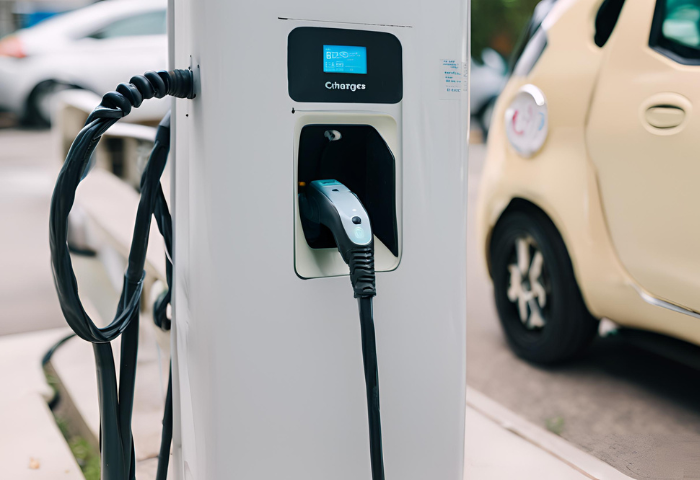
Topical authority refers to expertise and credibility in a specific subject area. Let’s explore the topical authority related to 24 Amp EV chargers:
Leading Brands Offering 24 Amp EV Chargers
Tesla: Tesla offers various EV chargers, including their Wall Connector, capable of delivering up to 24 amps for faster home charging.
JuiceBox: JuiceBox manufactures Level 2 EV chargers, some of which support up to 24 amps for faster charging at home or in commercial settings.
ClipperCreek: ClipperCreek produces a range of EV charging stations, including models with 24 amp charging capabilities for residential and commercial use.
Customer Reviews and Ratings
Online Retailers: Platforms like Amazon and Home Depot often feature customer reviews and ratings for 24 Amp EV chargers, providing insights into user experiences and satisfaction levels.
EV Forums: Online forums dedicated to electric vehicles may also contain user discussions and reviews of specific 24 Amp EV chargers, offering valuable firsthand perspectives.
Expert Recommendations and Guides
Electric Vehicle Associations: Organizations like the Electric Auto Association (EAA) and Plug In America may provide expert recommendations and guides on selecting and installing 24 Amp EV chargers.
Electric Vehicle Blogs: Blogs and websites focused on electric vehicles may publish expert reviews and guides comparing different 24 Amp EV chargers based on performance, features, and value.
Industry Standards and Regulations
SAE Standards: The Society of Automotive Engineers (SAE) sets standards for EV charging connectors, including those used in 24 Amp EV chargers, ensuring compatibility and safety.
NEC Regulations: The National Electrical Code (NEC) establishes regulations for the installation of EV charging equipment, including requirements for wiring, grounding, and circuit protection.
Comparison with Other Charging Options
EV Charger Manufacturers: Manufacturers of 24 Amp EV chargers often provide comparison guides on their websites, highlighting the advantages of their products over other charging options.
Independent Reviews: Automotive magazines and websites may conduct comparative reviews of 24 Amp EV chargers, evaluating factors such as charging speed, reliability, and ease of use.
By leveraging information from leading brands, customer reviews, expert recommendations, industry standards, and comparative analyses, individuals can gain authoritative insights into 24 Amp EV chargers and make informed decisions regarding their selection, installation, and use.
Environmental Impact
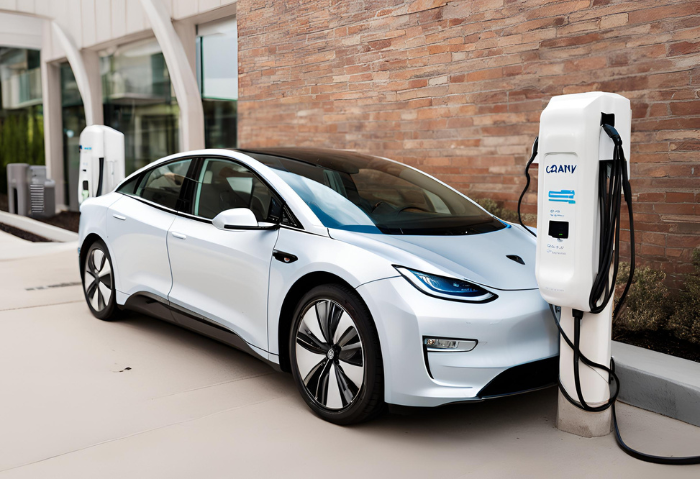
Environmental impact refers to the effects of human activities on the environment, including factors such as carbon emissions, energy consumption, and compliance with environmental regulations. Let’s explore the environmental impact of EV charging:
Reduction in Carbon Emissions
Electric vehicles (EVs) produce lower or zero tailpipe emissions compared to traditional internal combustion engine vehicles, leading to reductions in greenhouse gas emissions and air pollution.
Charging EVs with electricity generated from renewable sources further reduces carbon emissions associated with transportation, contributing to climate change mitigation efforts.
Renewable Energy Integration
Integrating renewable energy sources such as solar and wind power into the electricity grid can offset the environmental impact of EV charging by reducing reliance on fossil fuels and decreasing carbon emissions.
Smart charging technologies enable EVs to charge during periods of high renewable energy generation, maximizing the use of clean energy resources.
Energy Savings from EV Charging
EVs are generally more energy-efficient than gasoline-powered vehicles, requiring less energy to travel the same distance.
Charging EVs during off-peak hours when electricity demand is lower can result in energy savings and reduce strain on the grid during peak periods.
Environmental Regulations and Compliance
Governments and regulatory bodies enforce environmental regulations to limit air pollution, reduce greenhouse gas emissions, and promote sustainable transportation.
EV charging infrastructure providers and operators must comply with environmental regulations regarding emissions, waste management, and energy efficiency to minimize their environmental impact.
Sustainability Benefits
Transitioning to electric vehicles and promoting EV charging infrastructure aligns with broader sustainability goals, including reducing reliance on fossil fuels, promoting energy independence, and mitigating climate change.
EVs and associated charging infrastructure contribute to sustainable transportation solutions that prioritize environmental protection, public health, and social well-being.
By considering factors such as carbon emissions reduction, renewable energy integration, energy savings, regulatory compliance, and sustainability benefits, stakeholders can assess the environmental impact of EV charging and make informed decisions to promote sustainable transportation solutions.
Home Charging vs Public Charging
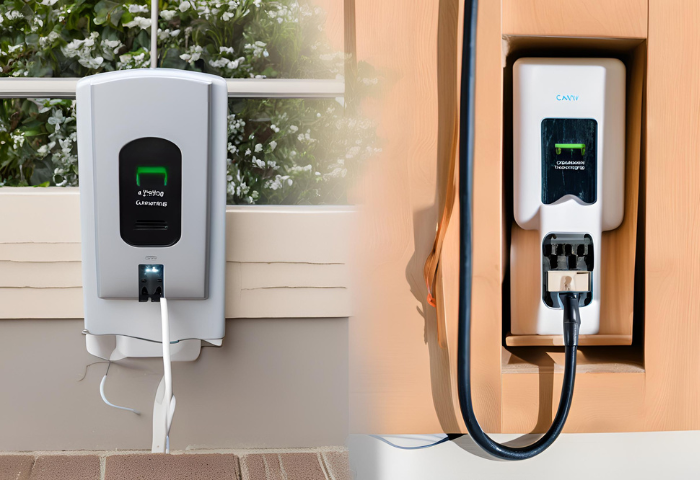
Home charging and public charging both play crucial roles in supporting electric vehicle (EV) adoption and providing charging solutions for EV owners. Let’s compare the two:
Home Charging Setup for 24 Amp Charger
Installation: Home charging typically involves installing a Level 2 charging station, such as a 24 Amp EV charger, in a residential garage or parking area. This may require professional installation by an electrician to ensure safety and compliance with electrical codes.
Convenience: Home charging offers the convenience of charging your EV overnight while parked at home, ensuring that the vehicle starts each day with a full battery.
Public Charging Station Availability
Accessibility: Public charging stations are available at various locations, including shopping centers, workplaces, parking lots, and along highways. EV owners can access these stations for charging while away from home.
Network Coverage: The availability of public charging stations varies by region and depends on factors such as infrastructure development, government incentives, and demand for EV charging services.
Cost Comparison between Home and Public Charging
Home Charging: The cost of home charging primarily depends on electricity rates and the energy consumption of the EV. Home charging may be more cost-effective in the long run, especially if charging is done during off-peak hours when electricity rates are lower.
Public Charging: Some businesses may offer free charging at public charging stations, as well as pay-per-use, subscription-based, and other pricing models. The cost of public charging can vary depending on the charging network and location.
Convenience of Home Charging
Accessibility: Home charging provides convenient access to charging without the need to visit a public charging station. EV owners can simply plug in their vehicle when parked at home, eliminating the need for additional travel or waiting time.
Flexibility: Home charging offers flexibility in charging schedules, allowing EV owners to customize charging times to suit their needs and take advantage of lower electricity rates during off-peak hours.
Charging Station Infrastructure Development
Home Charging Infrastructure: The installation of home charging infrastructure, including Level 2 chargers, is increasing as EV adoption grows. Many electric utilities offer incentives or rebates to encourage the installation of residential charging stations.
Public Charging Infrastructure: The development of public charging infrastructure is also expanding to meet the growing demand for EV charging. Governments, businesses, and charging network operators are investing in the deployment of charging stations to support EV drivers on the road.
In summary, both home charging and public charging play important roles in supporting electric vehicle adoption. Home charging offers convenience, cost-effectiveness, and flexibility, while public charging provides accessibility and convenience when away from home.
The continued development of charging infrastructure, both at home and in public spaces, is essential to meet the needs of EV owners and promote the transition to sustainable transportation.
Charging Network Expansion
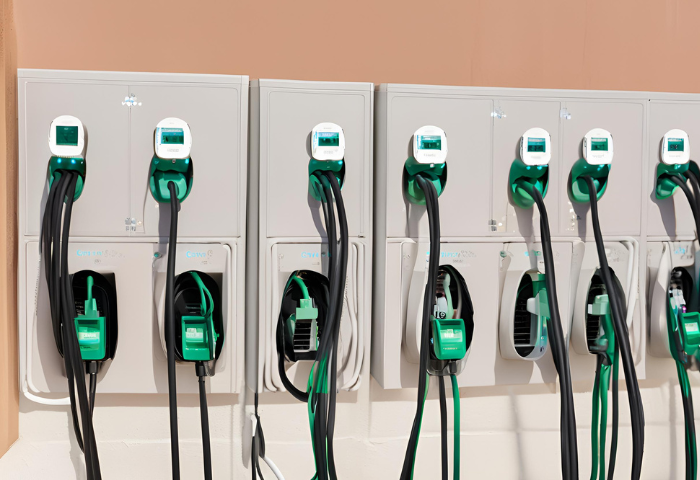
Charging network expansion is crucial for supporting the widespread adoption of electric vehicles (EVs) and addressing range anxiety among EV owners. Let’s explore the factors influencing the growth of charging stations worldwide:
Growth of Charging Stations Worldwide
The number of charging stations worldwide is rapidly increasing to meet the growing demand for EV charging infrastructure.
Both public and private entities are investing in the deployment of charging stations, resulting in a significant expansion of the charging network in urban areas, along highways, and in rural communities.
Government Initiatives for EV Charging Network
Governments play a vital role in promoting EV adoption and expanding the charging network through various initiatives and incentives.
Funding programs, tax incentives, grants, and subsidies are often provided to support the installation of charging infrastructure and encourage investment in EV charging technology.
Public-Private Partnerships in Charging Infrastructure
Public-private partnerships (PPPs) are becoming increasingly common in the development and operation of EV charging infrastructure.
These partnerships leverage the resources and expertise of both public and private entities to accelerate the deployment of charging stations and address challenges such as funding, site acquisition, and maintenance.
Challenges in Expanding Charging Network
Infrastructure Costs: The upfront costs of installing charging stations, including equipment, installation, and electrical upgrades, can be significant, posing a barrier to expansion.
Permitting and Zoning Regulations: Obtaining permits and navigating zoning regulations for the installation of charging stations can be complex and time-consuming, delaying the deployment of new infrastructure.
Range Anxiety: Concerns about the availability of charging stations and range limitations may deter consumers from purchasing EVs, highlighting the importance of expanding the charging network to alleviate range anxiety.
Future Prospects for Charging Access
Continued Growth: The charging network is expected to continue expanding rapidly in response to increasing EV adoption and government support.
Technological Advances: Advancements in charging technology, such as faster charging speeds and wireless charging, will further improve the accessibility and convenience of EV charging.
Interoperability: Efforts to standardize charging protocols and promote interoperability between different charging networks will enhance the user experience and encourage EV adoption.
In conclusion, government initiatives, public-private partnerships, and technological advancements are driving the global expansion of the charging network. Despite challenges such as infrastructure costs and permitting regulations, the future prospects for charging access are promising, with continued growth expected to support the widespread adoption of electric vehicles.
EV Battery Technology
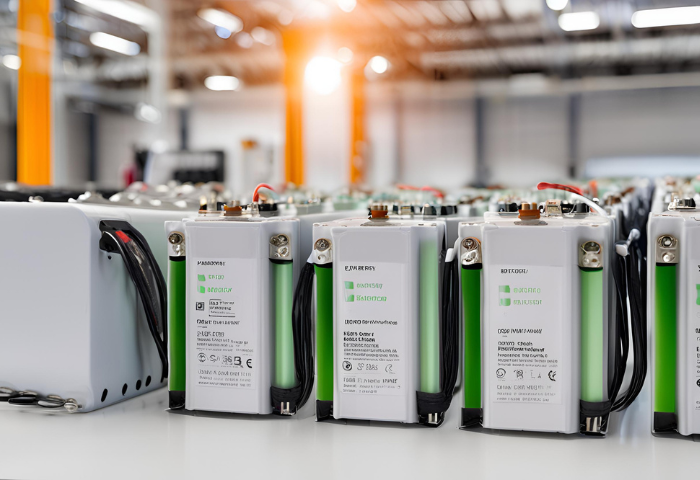
Electric vehicle (EV) battery technology plays a crucial role in determining the performance, range, and usability of electric vehicles. Let’s explore key aspects of EV battery technology:
Battery Capacity and Range Considerations
Battery capacity, measured in kilowatt-hours (kWh), determines the amount of energy stored in an EV battery.
Higher battery capacity generally translates to longer driving range, allowing EVs to travel farther on a single charge.
Range considerations are important for consumers when choosing an EV, as they impact the vehicle’s usability and suitability for their driving needs.
Fast Charging Compatibility
Fast charging capability enables EVs to recharge their batteries at higher charging rates, reducing charging time compared to standard charging methods.
Compatibility with fast charging networks, such as DC fast chargers, enhances the convenience and usability of EVs by enabling quick refueling during longer journeys.
Impact of Charging Speed on Battery Lifespan
Rapid charging at high charging speeds can generate heat and stress the battery, potentially reducing its lifespan over time.
Battery manufacturers and EV manufacturers implement safeguards and thermal management systems to mitigate the impact of fast charging on battery degradation.
Balancing fast charging convenience with battery longevity is crucial for optimizing the overall ownership experience of EVs.
Battery Management Systems
Battery management systems (BMS) monitor and control various aspects of the battery’s operation, including state of charge (SOC), temperature, voltage, and current.
BMS optimize battery performance, protect against overcharging and over-discharging, and ensure safe and reliable operation of the battery pack.
Advanced BMS technologies enable precise control and optimization of battery charging and discharging processes, enhancing overall efficiency and longevity.
Technological Advances in EV Batteries
Ongoing research and development efforts focus on improving the energy density, longevity, and safety of EV batteries.
Technological advances include the development of new battery chemistries (e.g., lithium-ion, solid-state batteries), novel electrode materials, and innovative manufacturing processes.
Innovations such as silicon anodes, solid electrolytes, and advanced thermal management systems promise to further enhance the performance and reliability of EV batteries.
In summary, EV battery technology continues to evolve, driven by advancements in battery chemistry, manufacturing techniques, and battery management systems. Considerations such as battery capacity, fast charging compatibility, battery lifespan, and technological innovations play key roles in shaping the capabilities and usability of electric vehicles.
Energy Grid Integration
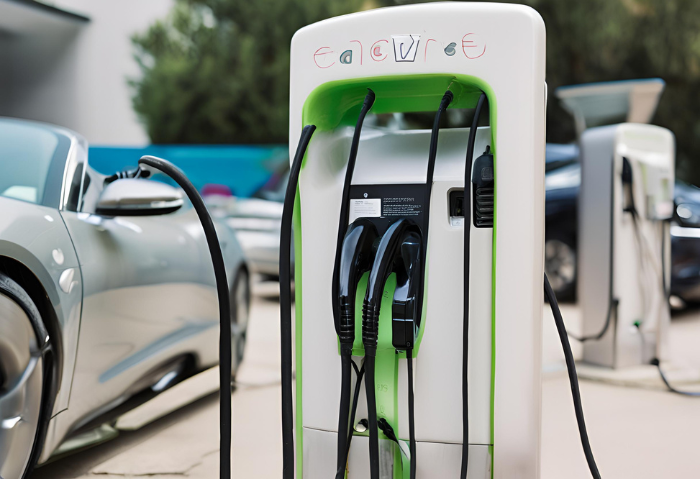
Energy grid integration is essential for accommodating the increasing demand for electric vehicle (EV) charging while maintaining grid stability and reliability. Let’s explore key aspects of energy grid integration for EVs:
Grid Capacity for EV Charging Demand
As EV adoption grows, the demand for electricity to power EVs will increase, placing additional strain on the energy grid.
Assessing grid capacity and identifying areas with high EV adoption rates helps utilities plan and upgrade infrastructure to meet charging demand without overloading the grid.
Smart Charging Solutions
Smart charging solutions leverage technology to manage EV charging dynamically, optimizing charging schedules based on factors such as grid load, electricity prices, and renewable energy availability.
Features like load balancing, demand response, and time-of-use pricing encourage off-peak charging, reducing strain on the grid during peak hours and minimizing electricity costs for EV owners.
Peak Load Management
EV charging contributes to peak electricity demand, particularly during evenings when many EV owners charge their vehicles after returning home from work.
Implementing peak load management strategies, such as staggered charging schedules and incentivizing off-peak charging, helps smooth demand peaks and mitigate grid stress.
V2G (Vehicle-to-Grid) Integration
V2G technology enables bidirectional energy flow between EVs and the grid, allowing EV batteries to store and discharge electricity back to the grid as needed.
V2G integration supports grid stability by providing grid services such as peak shaving, load balancing, and frequency regulation, enhancing grid resilience and flexibility.
Grid Stability and Resilience
Integrating EV charging into the energy grid requires careful consideration of grid stability and resilience to ensure reliable electricity supply.
Grid modernization initiatives, including infrastructure upgrades, grid automation, and grid-scale energy storage, enhance the grid’s ability to accommodate EV charging demand while maintaining stability and reliability.
In summary, energy grid integration for EV charging involves optimizing grid capacity, implementing smart charging solutions, managing peak loads, integrating V2G technology, and ensuring grid stability and resilience. By adopting proactive measures and leveraging advanced technologies, utilities and stakeholders can effectively integrate EV charging into the energy grid while supporting sustainable transportation and grid reliability.
Mobility Trends and EV Growth
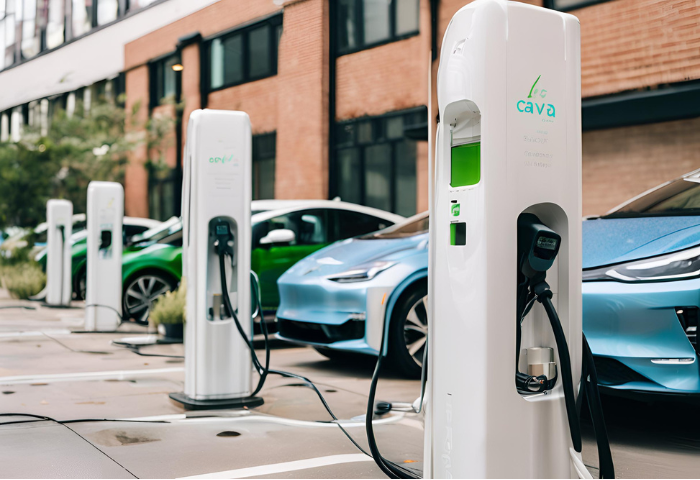
Mobility trends and the growth of electric vehicles (EVs) are closely intertwined, reflecting shifts in consumer preferences, technological advancements, and sustainability goals. Let’s explore key aspects of mobility trends and EV growth:
Ride-Sharing and Electric Vehicles
Ride-sharing platforms play a significant role in shaping transportation patterns and influencing EV adoption.
Many ride-sharing companies are transitioning their fleets to electric vehicles to reduce emissions, lower operating costs, and meet sustainability targets.
Increased availability of electric ride-sharing options contributes to greater exposure and acceptance of EVs among consumers.
Autonomous Driving and EV Adoption
Autonomous driving technology has the potential to accelerate EV adoption by enhancing the efficiency, safety, and accessibility of electric mobility solutions.
Electric vehicles are well-suited for autonomous driving applications due to their compatibility with electric drivetrains, advanced connectivity features, and potential for fleet electrification.
Urban Mobility Solutions
Urbanization and increasing congestion in cities drive the demand for sustainable urban mobility solutions, including electric vehicles, public transit, micromobility options, and shared mobility services.
Governments and municipalities are implementing policies and incentives to promote EV adoption and improve urban air quality and reduce greenhouse gas emissions.
Adoption Rates of EVs Globally
EV adoption rates vary by region, influenced by factors such as government incentives, charging infrastructure availability, consumer awareness, and regulatory policies.
Countries with strong EV incentives, robust charging infrastructure networks, and ambitious climate targets tend to have higher adoption rates of electric vehicles.
Market Growth Predictions for Electric Vehicles
Analysts project continued growth in the electric vehicle market driven by factors such as declining battery costs, technological advancements, expanding charging infrastructure, and increasing consumer demand for sustainable transportation.
Market forecasts anticipate significant growth in EV sales and market share over the coming years, with electric vehicles becoming increasingly mainstream in the automotive industry.
In summary, ride-sharing, autonomous driving, urban mobility solutions, adoption rates of EVs globally, and market growth predictions all contribute to the ongoing growth and evolution of electric mobility.
By addressing challenges and leveraging opportunities in these areas, stakeholders can accelerate the transition to a more sustainable and electrified transportation ecosystem.
By considering these factors and conducting your own research, you can identify the top 48 amp EV charger that best suits your specific needs and budget. Remember, safety and compatibility are paramount, and professional installation is crucial for these high-powered chargers.

Henry Michael is a leading expert in EV charging station research, specializing in innovative solutions for electric vehicle infrastructure. With a passion for sustainability and technological advancement, he is dedicated to advancing the accessibility and efficiency of EV charging worldwide.



